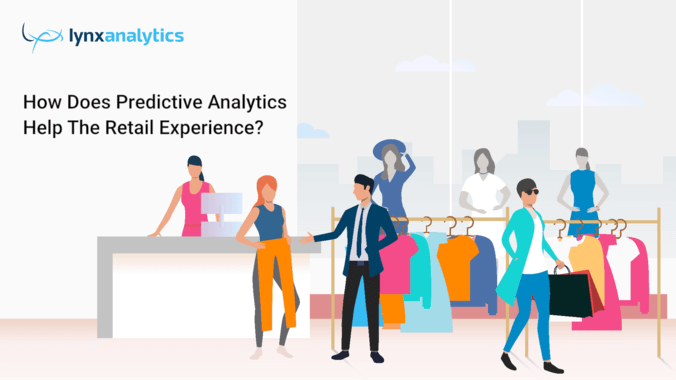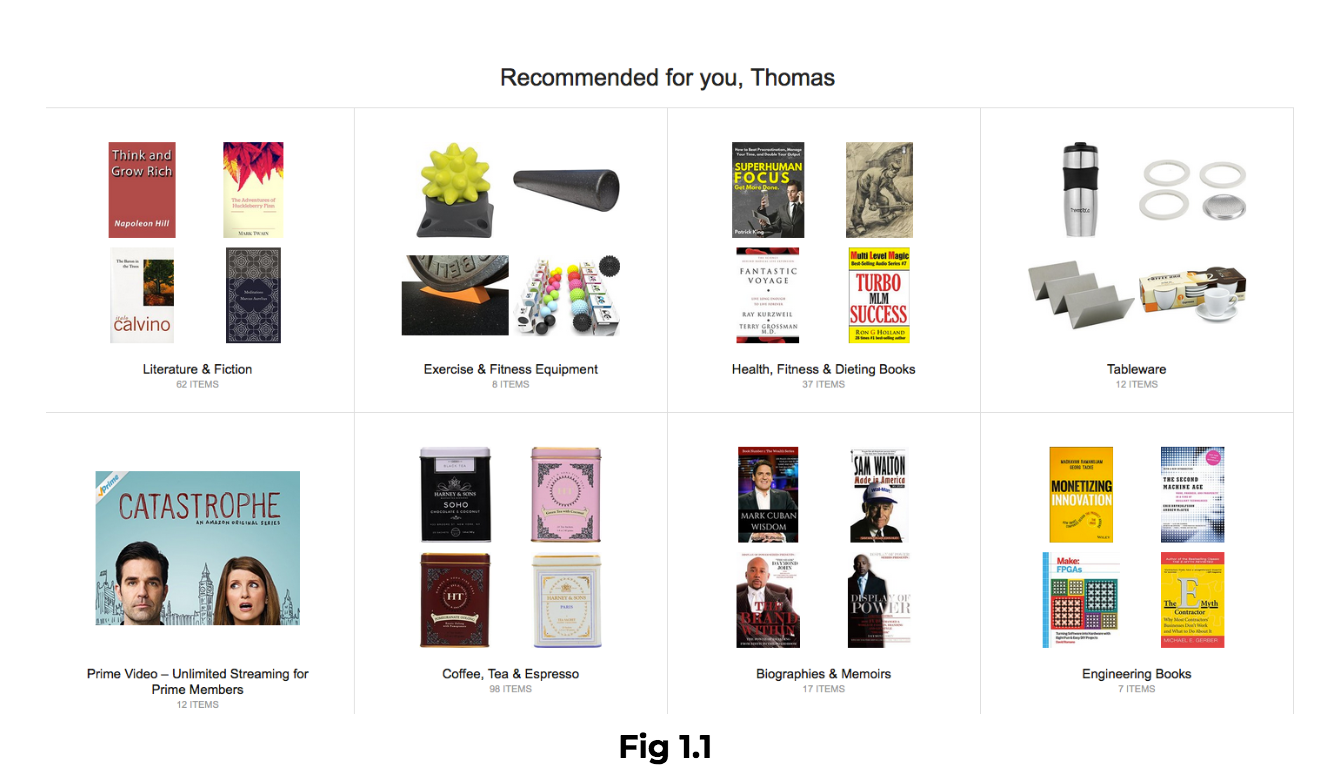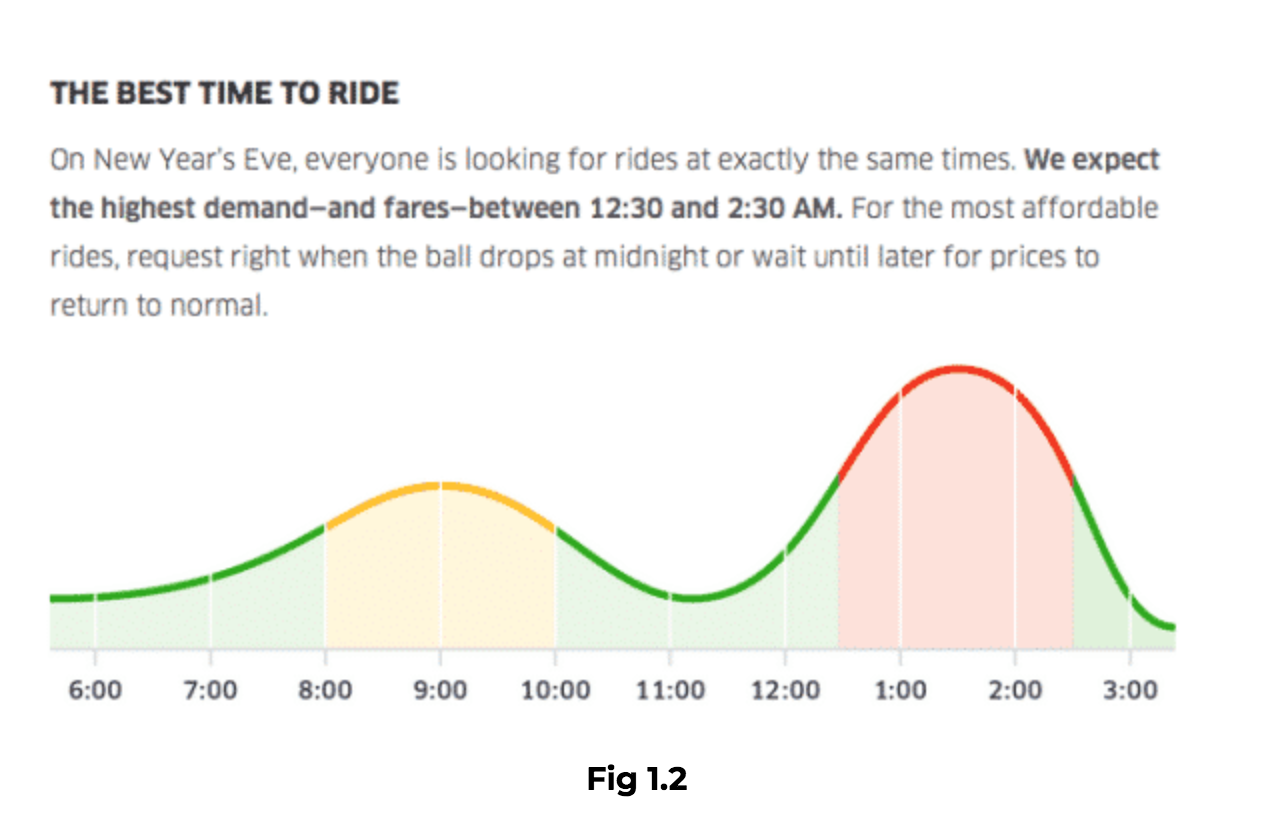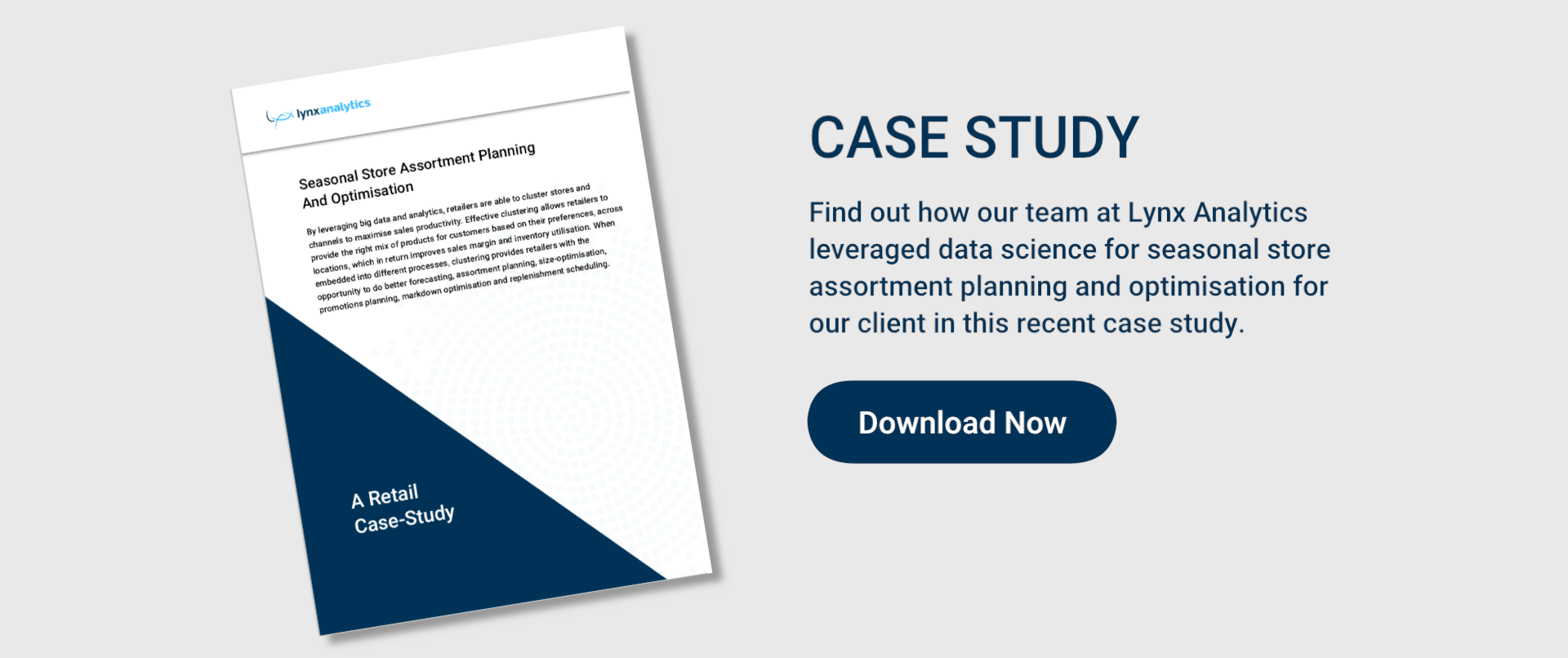
Modern businesses require more than just business intelligence tools to analyze data and provide them with insights on where the company is headed.
Although business intelligence tools have proven their value as part of the analytics arsenal, predictive analytics clears the path to better decisions by providing companies with the ability to predict future outcomes based on their available options.
|
What is Predictive Analytics Predictive analytics combines various techniques from data mining, predictive modeling and machine learning to analyze customers’ behaviour, purchase history, patterns and trends to predict future events. |
One of the main differences between traditional business intelligence tools and predictive analytics is the latter focuses on micro-level decisions and is designed to work on a granular level of customers, transactions and vendors.
By predicting future outcomes, companies can create better promotions, optimize marketing campaigns, improve customer engagement, predict customer churn and ultimately drive better customer lifetime value.
Here are some aspects of how predictive analytics can help the retail sector:
Marketing Campaigns
By analyzing customer data such as demographics, purchase history and customer behavioural patterns from multiple channels, marketers are provided valuable insights which help them better optimize their campaigns and improve the overall customer experience.
Here is one of our very own customer stories of how analyzing customer demographics can help you strategize effective marketing campaigns:
Product recommendations
Predictive analytics with Machine Learning (ML) can correlate data to create personalized recommendations for customers'.
If you had shopped previously on Amazon, you might have noticed that it provides you recommendations such as "Recommended for you" as shown in Fig 1.1.

Product recommendations are made by analyzing customers' behaviour, browsing patterns, purchase history and products in the online store to derive a set of recommendations.
By doing so, it increases the probability to cross-sell and up-sell, which eventually drives better revenue.
Dynamic Pricing Strategies
More and more e-commerce companies have been implementing dynamic pricing strategies to stay ahead of their competition and drive better profits.
Here are some examples of how predictive analytics is applied to achieve dynamic pricing strategies:
- Analyze market patterns, seasonality, overall demand, etc. and provide insights on the maximum price customers' would be willing to pay for a product.
- Analyze your competitors' pricing and recommend a pricing model to stay competitive and generate better profits
Speaking of demand, here is a recent case study of how our team was able to provide granular forecasts for a leading telecom provider in Germany, to better allocate SKU level handset inventories, increasing the sell-through rate by 18%, minimized purchases of low-demand handsets and reducing inventory cost by 7%.
Meanwhile, here is another well known example of Uber's Dynamic Pricing Strategy:
Uber dynamic surge uses algorithms to predict the supply and demand of customers and accordingly increase and decrease the prices of its rides. It uses different variables such as location, time of day, traffic patterns and the passenger's history in the app. Upon collecting the data, the algorithm predicts the price that the passenger will be willing to pay for a ride.
Figure 1.2 below demonstrates how Uber surge pricing works during New year's eve:

Fraud Detection
A research done by Juniper revealed that “Card Not Present” (CNP) transactions account for approximately 70% of all card fraud. Predictive analytics, when combined with Machine Learning (ML) help companies by analyzing customers behaviour, customer transactional history, browsing patterns, payment methods to identify abnormal user activity and detect fraud.
With predictive analytics, companies can identify any potential fraud before a customer completes a purchase, which decreases credit card payment failure and increases sales conversions.
Conclusion
The e-commerce industry has been continually evolving, and the demands of customers for a more engaging and personalized retail experience is on the rise.
Since predictive analytics provides companies with the ability to analyze their customers' behaviour, purchase history and preferences , they can better segment their customers and provide personalized experiences to achieve a better conversion rate, which ultimately increases revenues.


